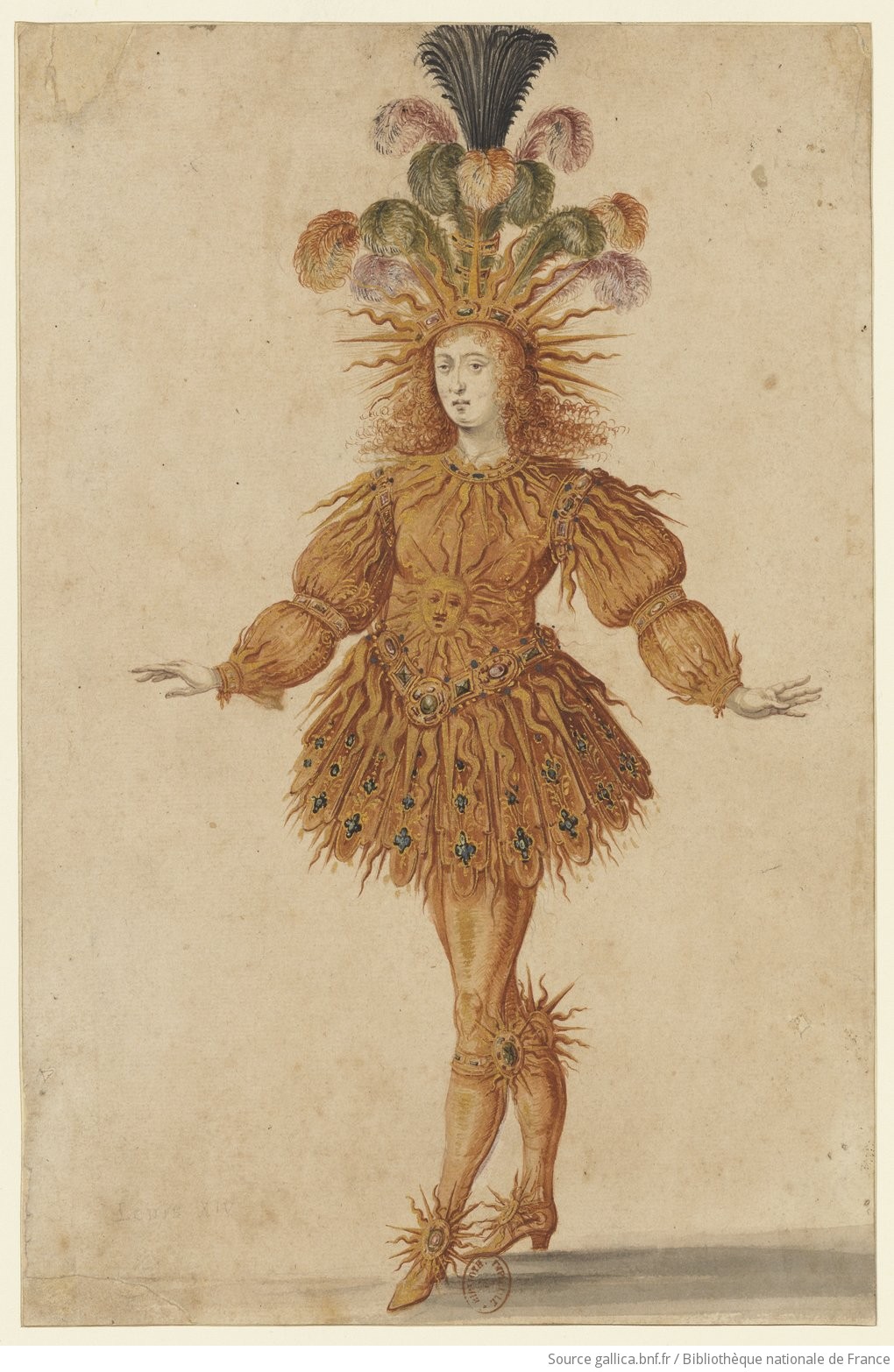Hello friends ! Am sorry for taking a bit long to update my further posts . So here i am with the Glossary of ballet .Yes you read it right , Glossary of ballet . Since ballet's vocabulary is based on french terminology so i would like to share few vocab of ballet with you all .
I am sure some of you must have heard about few of these words before. But here i would like to brief you more about these words .
1. A la seconde :
In ballet, to the side. In ballet, to the second position, in which the legs are turned out from the pelvis and the feet are apart.
(especially as a direction) in slow time.
3. Arabesque :
It is a posture in which one leg is extended backwards at right angles, the torso bent forwards, and the arms outstretched, one forwards and one backwards.
An assemble is a classical ballet movement in which the dancer's feet or legs are brought together in the air, then lands on both feet.
5. Attitude :
A position in which a dancer stands on one leg (the supporting leg) while the other leg (working leg) is raised at hip height and turned out with knee bent to form an angle of approximately 90° between the thigh and the lower leg.
A slide forward, backward, or sideways with both legs bent, then springing into the air with legs straight and together.
Coupé is both a step and action.It may also be done from an extended leg position into fondu or directly through fifth position.
Applied to plié, pointe, and other movements or positions to indicate a smaller or lesser version.
A movement in which the leg is first lifted to retiré, then fully extended outward, passing through attitude.
A leap in which one leg appears to be thrown in the direction of the movement (en avant, en arrière, or sideways).











